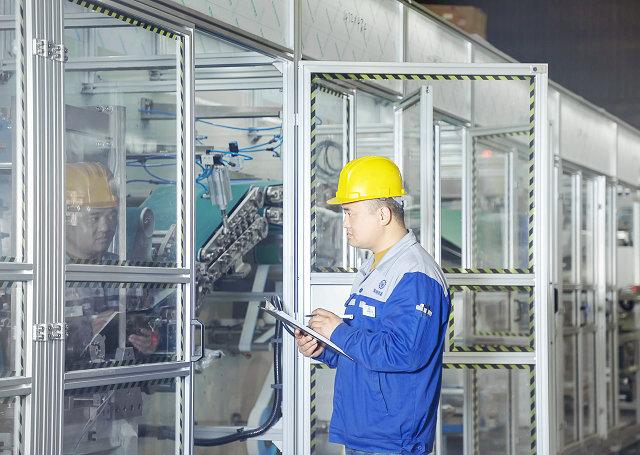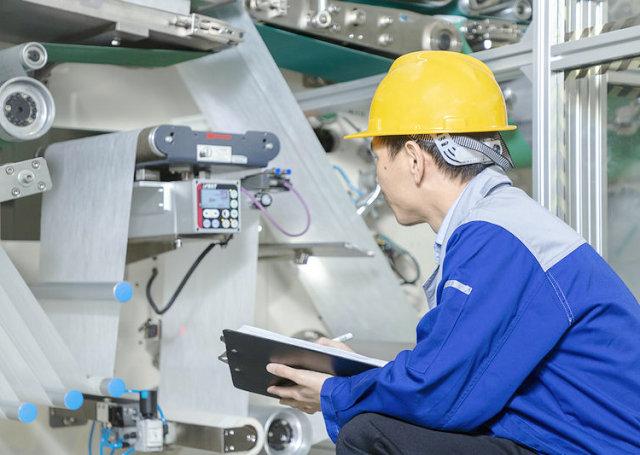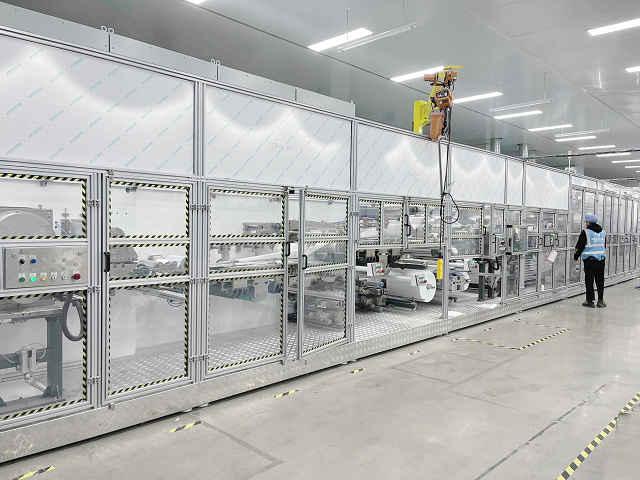Author:Haina Machinery Factory FROM:Diaper Machinery Manufacturer TIME:2025-01-03
Diaper machines play a crucial role in the mass production of disposable diapers, transforming raw materials into finished products that are essential for modern parenting. Understanding how these machines work involves exploring various components and processes that contribute to efficiency and quality. This article will provide an overview of diaper machine operations, highlighting key stages from material preparation to packaging.

The first step in the operation of a diaper machine is material preparation. The primary materials used in diaper production include absorbent core materials, non-woven fabrics, elastic bands, and adhesive components. These materials must be carefully selected and prepared to ensure optimal performance. For instance, the absorbent core typically consists of a combination of fluff pulp and superabsorbent polymer (SAP), which provides high absorbency. The non-woven fabric serves as the outer layer that offers comfort and protection against leakage.

Once the materials are prepared, they are fed into the diaper machine through a sophisticated feeding system. This system is designed to maintain a consistent flow of materials, ensuring that the production process runs smoothly. The feeding mechanism often includes rollers and conveyors that transport the materials efficiently to the various stations within the machine. Precision is critical here, as any inconsistency can lead to defects in the final product.
One of the key functions of a diaper machine is the formation of the absorbent core. In this stage, the fluff pulp is spread evenly and combined with superabsorbent polymer. The mixture is then compressed and shaped into the desired size and thickness. Advanced machines may use specialized technology to enhance the distribution of the absorbent materials, ensuring that they are evenly spread throughout the core. This is crucial for maintaining uniform absorbency across the diaper.
After the absorbent core is formed, the next step involves layering. The diaper machine assembles different layers of materials, including the top sheet, absorbent core, and back sheet. The top sheet, usually made of soft, breathable non-woven fabric, comes into contact with the baby's skin, while the back sheet acts as a barrier to prevent leakage. The machine uses heat and pressure to bond these layers securely together, creating a single unit that is both functional and comfortable.
To ensure a snug fit, elastic bands are applied around the leg openings and waist area of the diaper. This application is critical for preventing leaks and providing comfort. The diaper machine uses an elastic application system that stretches the elastics and attaches them to the appropriate sections of the diaper. This process must be done with precision to ensure that the elasticity is uniform and effective across all units produced.
After the elastic bands are applied, the next step involves adhesive bonding. The diaper machine employs hot melt or other types of adhesives to secure various components together. This ensures that the layers do not separate during use and that the overall structure remains intact. The adhesive application is calibrated carefully to avoid excess, which could affect the softness and comfort of the diaper.
Once the diaper has been assembled, the machine moves on to the cutting and shaping stage. Here, the continuous roll of diaper material is cut into individual pieces. The cutting mechanism is designed to ensure precision, resulting in diapers of uniform size and shape. Some advanced machines can also add additional features, such as embossed patterns or designs, to enhance the aesthetic appeal of the diapers.

Quality control is an integral part of the diaper manufacturing process. As diapers are produced, they undergo rigorous testing to ensure they meet safety and performance standards. This may include checking for absorbency levels, leakage prevention, and overall comfort. Automated sensors and cameras may be employed to detect defects during production, allowing for immediate adjustments to the machinery if necessary.
The final stage of the diaper machine's operation involves packaging. Once the diapers are cut and have passed quality control, they are folded and counted before being packaged into boxes or bags for shipment. Packaging plays a vital role in protecting the diapers during transportation and ensuring that they remain hygienic until they reach consumers. Modern diaper machines often integrate automated packaging systems to enhance speed and efficiency in this final step.
In conclusion, diaper machines are complex and efficient systems that transform raw materials into essential products for parents and caregivers. From material preparation to packaging, each step in the manufacturing process requires precision and attention to detail to ensure the highest quality diapers. As technology continues to advance, we can expect further improvements in the efficiency and effectiveness of diaper production, ultimately benefiting both manufacturers and consumers alike.
